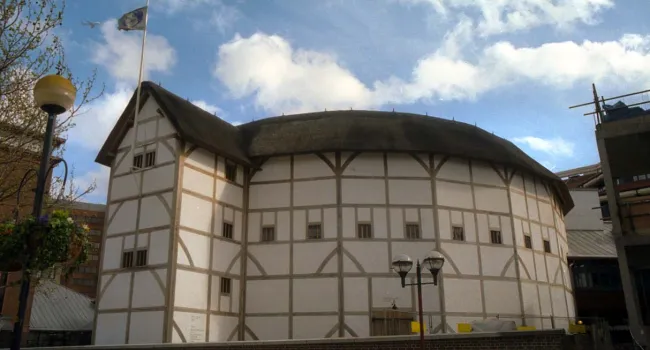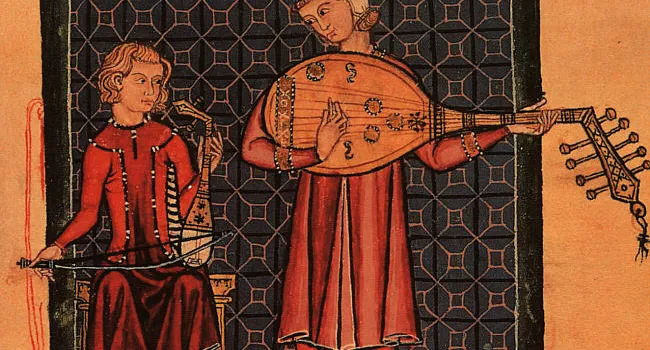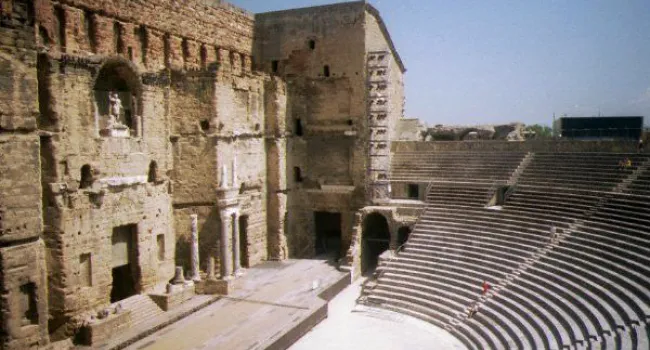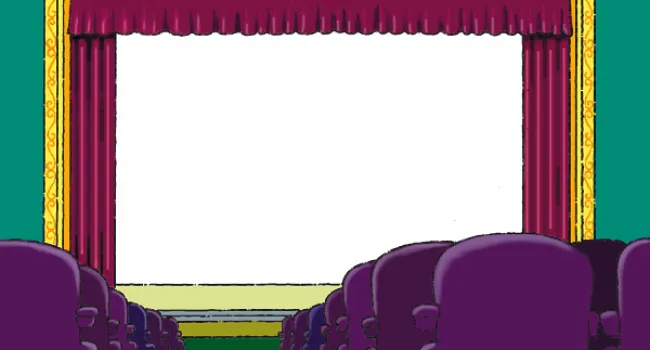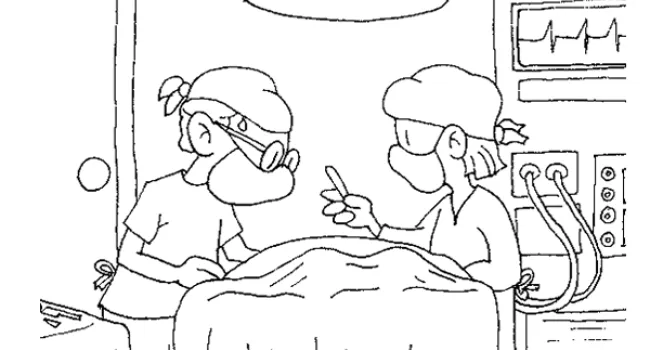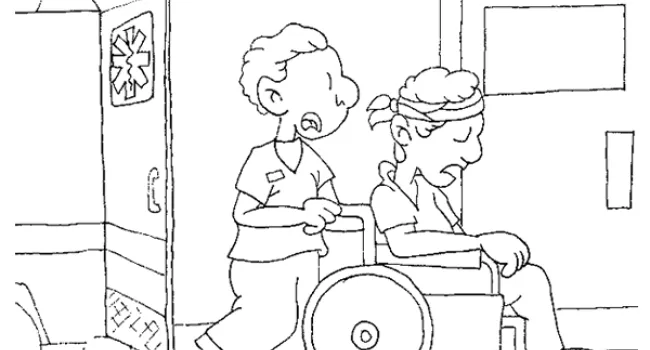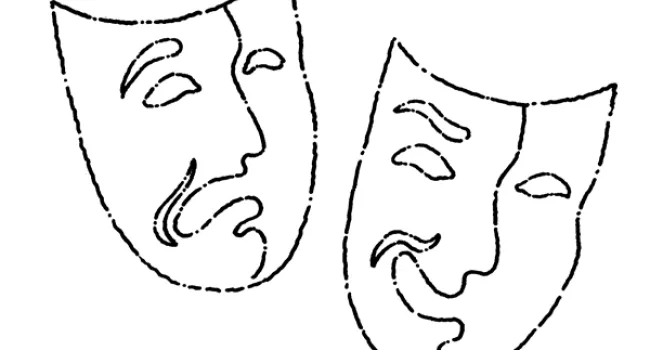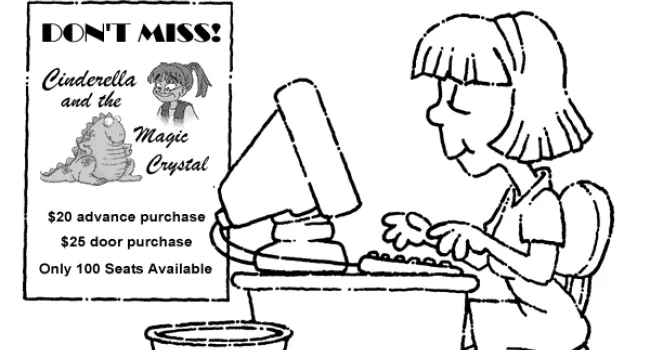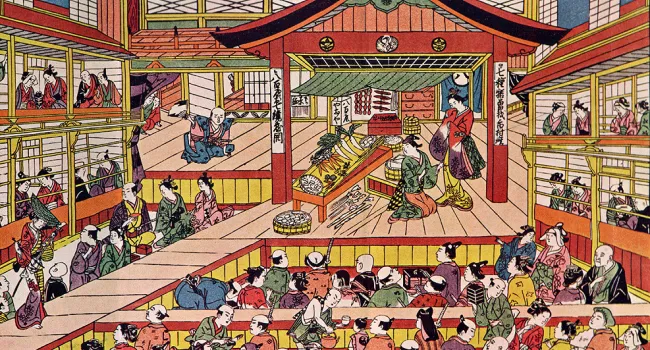
Kabuki Theater (1600 A.D.) | Kids Work!
Episode
5
Document
Kabuki (ka-bu-ki) is a form of theater in Japan that began in the early 1600s and is still performed today. This traditional theater uses extravagant makeup and costumes, a unique kind of music and an...
